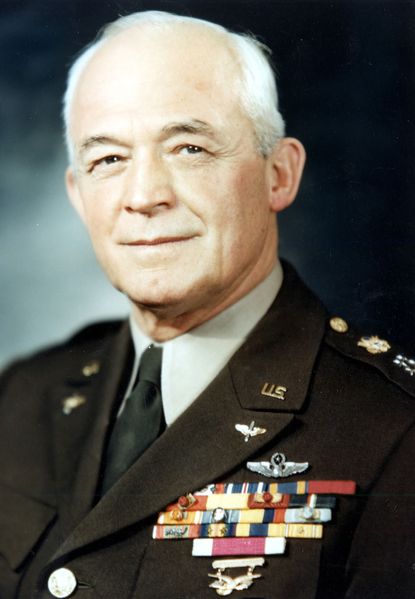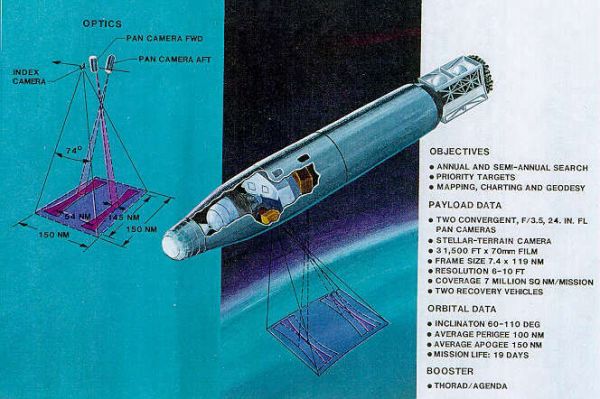The Rand Corporation
 If
you think the Internet came out of Silicon Valley, that NASA planned
the first satellite to orbit Earth, or that IBM created the modern
computer—think again. Each one of these breakthroughs was conceived at
RAND, a shadowy think tank in Santa Monica, California.
If
you think the Internet came out of Silicon Valley, that NASA planned
the first satellite to orbit Earth, or that IBM created the modern
computer—think again. Each one of these breakthroughs was conceived at
RAND, a shadowy think tank in Santa Monica, California.The Intimidation Factor
Rand rose out of the ashes of World War II. After witnessing the success of the Manhattan Project—the $2 billion initiative that created the first atomic bomb—a five-star Air Force general named Henry “Hap” Arnold (pictured) concluded that America needed a team of great minds to keep the country’s technology ahead of the rest of the world. In 1946, he gathered together a small group of scientists and $10 million in funding and started RAND (which stands for Research and Development). He even convinced a family friend, aircraft magnate Donald Douglas, to house the project at his factory in Santa Monica.
After a few short months, RAND got the attention of academics, politicians, and military strategists alike by issuing a prophetic study called “Preliminary Design of an Experimental World-Circling Spaceship.” At the time, rocket science was still in its infancy, so RAND’s call for an orbiting space station was revolutionary. Not only did the think tank specify the kind of fuel the spaceship would need and how quickly it could be built, but it also outlined how the station could predict the weather, transform long-distance communication, and, most importantly, intimidate our rivals abroad. If America could put a satellite into space, what else was she capable of?
Although President Truman passed on the space station, the military fell in love with RAND. Through Hap’s connections, the Air Force quickly became the think tank’s main contractor, and RAND began consulting on everything from propeller turbines to missile defense. Before long, the organization was so flush with contracts that it had to hire hundreds of additional researchers to keep up. In recruitment ads, RAND bragged about its intellectual genealogy, tracing a direct line from its president, Frank Collbohm, to Isaac Newton. Whether or not that claim was true, the institute secured a reputation as the place to dream up new ways to wage wars and keep enemies at bay.
By the 1960s, America’s rivals were paying attention. The Soviet newspaper Pravda nicknamed RAND “the academy of science and death and destruction.” American outfits preferred to call them the “wizards of Armageddon.”
War Games
By the early 1960s, RAND had established itself as a fixture of U.S. policy. Branching out from straight rocket science, the think tank had become the center of the nation’s nuclear strategy. One high-profile RAND genius, John Williams, developed game theory to predict how the cagey Soviet Union might act during conflict. The theory was a perfect fit for RAND, an organization that continually sought to impose objective reality on an irrational world.
Another genius, mathematician Albert Wohlstetter, came up with the fail-safe concept, which saved the world from nuclear conflagration several times. The idea called for a series of checkpoints for bombers armed with nuclear weapons. If a bomber pilot failed to receive confirmation at any checkpoint, he would abandon the mission and turn the plane around. Once, in 1979, a mistake by a telephone operator led to a transmission that the United States was under nuclear attack from Moscow. Ten fighters from three separate bases took to the air armed with nuclear missiles. But in the end, because of Wohlstetter’s fail-safe system, none of them deployed their weapons.



No comments:
Post a Comment